Blog
Cataloged as M1, the Crab Nebula is the first on Charles Messier’s famous list of things which are not comets. In fact, the Crab Nebula is now known to be a supernova remnant, an expanding cloud of debris from the death explosion of a massive star. The violent birth of the Crab was witnessed by astronomers in the year 1054. Roughly 10 light-years across, the nebula is still expanding at a rate of about 1,500 kilometers per second. You can see the expansion by comparing these sharp images from the Hubble Space Telescope and James Webb Space Telescope. The Crab’s dynamic, fragmented filaments were captured in visible light by Hubble in 2005 and Webb in infrared light in 2023. This cosmic crustacean lies about 6,500 light-years away in the constellation Taurus.
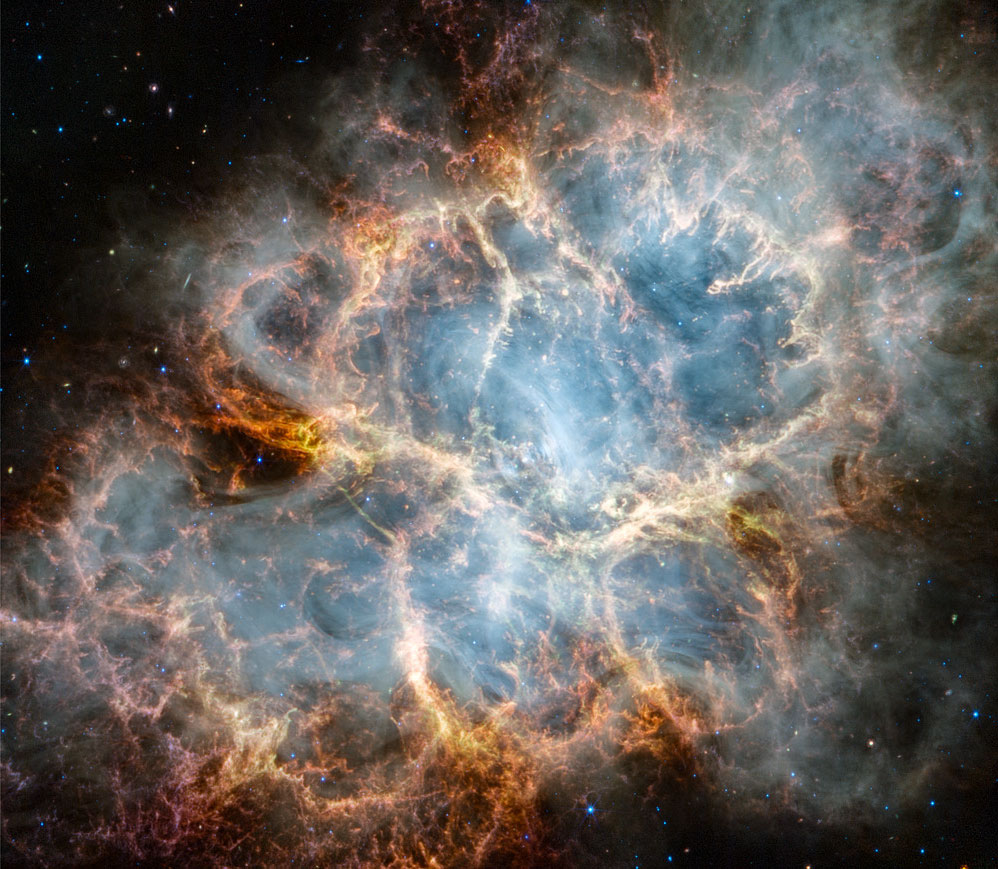
Mahmoud Ahmed (Amharic: ማሕሙድ አሕመድ; born 8 May 1941) is an Ethiopian singer. He gained great popularity in Ethiopia in the 1970s and among the Ethiopian diaspora in the 1980s, before rising to international fame with African music fans in Europe and the Americas.
more...Keith Jarrett (born May 8, 1945) is an American pianist and composer. Jarrett started his career with Art Blakey and later moved on to play with Charles Lloyd and Miles Davis. Since the early 1970s, he has also been a group leader and solo performer in jazz, jazz fusion, and classical music. His improvisations draw from the traditions of jazz and other genres, including Western classical music, gospel, blues, and ethnic folk music.
His album The Köln Concert, released in 1975, is the best-selling piano recording in history. In 2008, he was inducted into DownBeat Jazz Hall of Fame in the magazine’s 73rd Annual Readers’ Poll.
In 2003, Jarrett received the Polar Music Prize and was the first recipient to be recognized with prizes for both contemporary and classical music. In 2004, he received the Léonie Sonning Music Prize.
In February 2018, Jarrett suffered a stroke and has been unable to perform since. A second stroke in May 2018 left him partially paralyzed and unable to play with his left hand.
more...
Mary Lou Williams (born Mary Elfrieda Scruggs; May 8, 1910 – May 28, 1981) was an American jazz pianist, arranger, and composer. She wrote hundreds of compositions and arrangements and recorded more than one hundred records (in 78, 45, and LP versions). Williams wrote and arranged for Duke Ellington and Benny Goodman, and she was friend, mentor, and teacher to Thelonious Monk, Charlie Parker, Miles Davis, Tadd Dameron, Bud Powell, and Dizzy Gillespie.
She has been noted for her 1954 conversion to Catholicism, which led to a musical hiatus and a later transformation in the nature of her music. She continued to perform and work as a philanthropist, educator, and youth mentor until her death from bladder cancer in 1981.
more...Robert Leroy Johnson (May 8, 1911 – August 16, 1938) was an American bluesmusician and songwriter. His singing, guitar playing and songwriting on his landmark 1936 and 1937 recordings have influenced later generations of musicians. Although his recording career spanned only seven months, he is recognized as a master of the blues, particularly the Delta blues style, and as one of the most influential musicians of the 20th century. The Rock and Roll Hall of Fame describes him as perhaps “the first ever rock star”.
As a traveling performer who played mostly on street corners, in juke joints, and at Saturday night dances, Johnson had little commercial success or public recognition in his lifetime. He had only two recording sessions both produced by Don Law, one in San Antonio in 1936, and one in Dallas in 1937, that produced 29 distinct songs (with 13 surviving alternate takes). These songs, recorded solo in improvised studios, were the sum of his recorded output. Most were released as 10-inch, 78 rpm singles from 1937–1938, with a few released after his death. Other than these recordings, very little was known of his life outside of the small musical circuit in the Mississippi Delta where he spent most of his time. Much of his story has been reconstructed by researchers. Johnson’s poorly documented life and death have given rise to legends. The one most often associated with him is that he sold his soul to the devil at a local crossroads in return for musical success.
His music had a small, but influential, following during his life and in the decades after his death. In late 1938, John Hammond sought him out for a concert at Carnegie Hall, From Spirituals to Swing, only to discover that Johnson had recently died. Hammond was a producer for Columbia Records which bought Johnson’s original recordings from Brunswick Records which owned them. Musicologist Alan Lomax went to Mississippi in 1941 to record Johnson, also not knowing of his death. In 1961, Columbia released an album of Johnson’s recordings titled King of the Delta Blues Singers, produced by legendary producer and music historian Frank Driggs. It is credited with finally bringing Johnson’s work to a wider audience. The album would become influential, especially in the nascent British blues movement; Eric Clapton called Johnson “the most important blues singer that ever lived”.[2] Bob Dylan, Keith Richards, and Robert Plant have cited both Johnson’s lyrics and musicianship as key influences on their own work. Many of Johnson’s songs have been covered over the years, becoming hits for other artists, and his guitar licks and lyrics have been borrowed by many later musicians.
Renewed interest in Johnson’s work and life led to a burst of scholarship starting in the 1960s. Much of what is known about him was reconstructed by researchers such as Gayle Dean Wardlow and Bruce Conforth, especially in their 2019 award-winning biographyof Johnson: Up Jumped the Devil: The Real Life of Robert Johnson (Chicago Review Press). Two films, the 1991 documentary The Search for Robert Johnson by John Hammond Jr., and a 1997 documentary, Can’t You Hear the Wind Howl?: The Life & Music of Robert Johnson, which included reconstructed scenes with Keb’ Mo’ as Johnson, attempted to document his life, and demonstrated the difficulties arising from the scant historical record and conflicting oral accounts. Over the years, the significance of Johnson and his music has been recognized by the Rock and Roll, Grammy, and Blues Halls of Fame, and by the National Recording Preservation Board.
Johnson died on August 16, 1938, at the age of 27, near Greenwood, Mississippi, of unknown causes. Johnson’s death was not reported publicly. Almost 30 years later, Gayle Dean Wardlow, a Mississippi-based musicologist researching Johnson’s life, found Johnson’s death certificate, which listed only the date and location, with no official cause of death. No formal autopsy had been done. Instead, a pro forma examination was done to file the death certificate, and no immediate cause of death was determined. It is likely he had congenital syphilis and it was suspected later by medical professionals that this may have been a contributing factor in his death. However, 30 years of local oral tradition had, like the rest of his life story, built a legend which has filled in gaps in the scant historical record.
Several differing accounts have described the events preceding his death. Johnson had been playing for a few weeks at a country dance at the Three Forks Club in Itta Bena, about 15 miles (24 km) from Greenwood. According to one theory, Johnson was murdered by the jealous husband of a woman with whom he had flirted. In an account by the blues musician David ‘Honeyboy’ Edwards, Johnson had been flirting with a married woman at a dance, and she gave him a bottle of whiskey poisoned by her husband. When Johnson took the bottle, Edwards knocked it out of his hand, admonishing him to never drink from a bottle that he had not personally seen opened. Johnson replied, “Don’t ever knock a bottle out of my hand”. Soon after, he was offered another (poisoned) bottle and accepted it. Johnson is reported to have begun feeling ill the evening after and had to be helped back to his room in the early morning hours. Over the next three days his condition steadily worsened. Witnesses reported that he died in a convulsive state of severe pain. The musicologist Robert “Mack” McCormick claimed to have tracked down the man who murdered Johnson and to have obtained a confession from him in a personal interview, but he declined to reveal the man’s name.
While strychnine has been suggested as the poison that killed Johnson, at least one scholar has disputed the notion. Tom Graves, in his book Crossroads: The Life and Afterlife of Blues Legend Robert Johnson, relies on expert testimony from toxicologists to argue that strychnine has such a distinctive odor and taste that it cannot be disguised, even in strong liquor. Graves also claims that a significant amount of strychnine would have to be consumed in one sitting to be fatal, and that death from the poison would occur within hours, not days.
In their 2019 book Up Jumped the Devil, Bruce Conforth and Gayle Dean Wardlow suggest that the poison was naphthalene, from dissolved mothballs. This was “a common way of poisoning people in the rural South”, but was rarely fatal. However, Johnson had been diagnosed with an ulcer and with esophageal varices, and the poison was sufficient to cause them to hemorrhage. He died after two days of severe abdominal pain, vomiting, and bleeding from the mouth.
The Leflore County registrar, Cornelia Jordan, years later and after conducting an investigation into Johnson’s death for the state director of vital statistics, R. N. Whitfield, wrote a clarifying note on the back of Johnson’s death certificate:
more...I talked with the white man on whose place this negro died and I also talked with a negro woman on the place. The plantation owner said the negro man, seemingly about 26 years old, came from Tunica two or three weeks before he died to play banjo at a negro dance given there on the plantation. He stayed in the house with some of the negroes saying he wanted to pick cotton. The white man did not have a doctor for this negro as he had not worked for him. He was buried in a homemade coffin furnished by the county. The plantation owner said it was his opinion that the man died of syphilis.
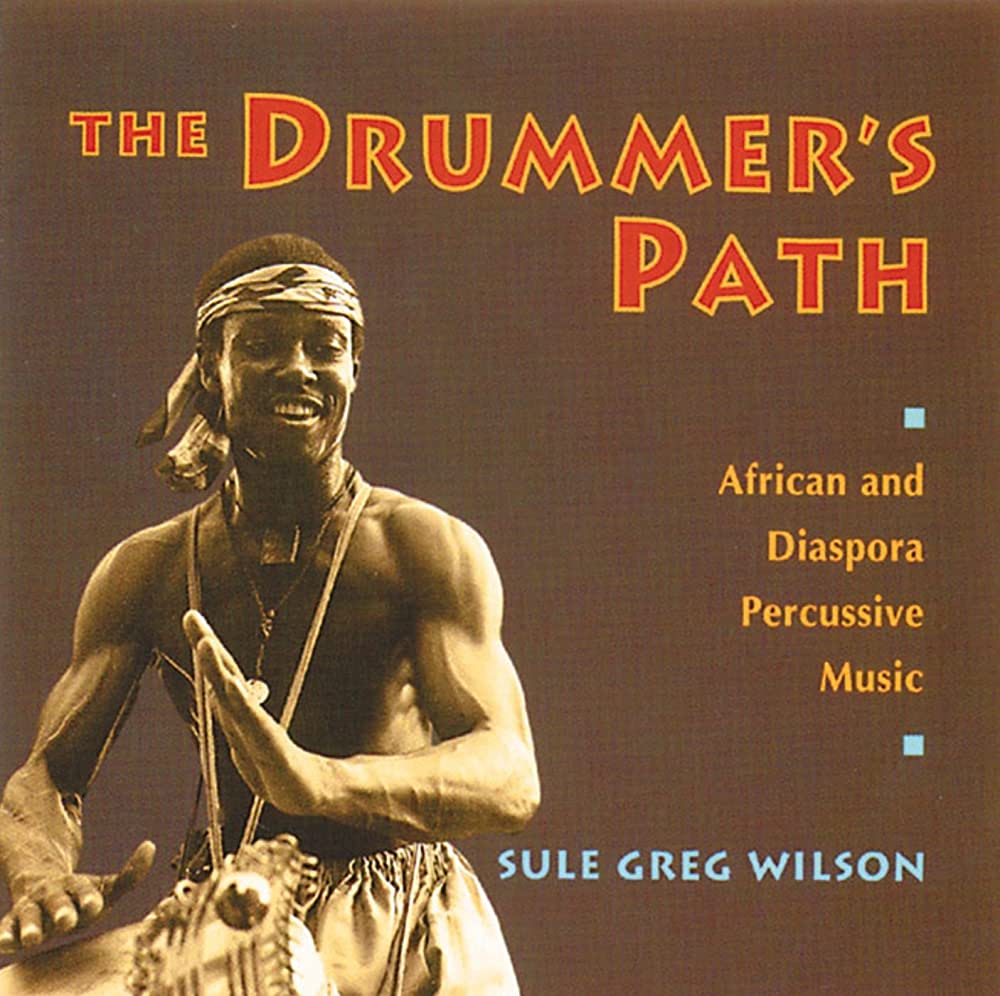
Admirl Amos Easton (May 7, 1905 – June 8, 1968), better known by the stage name Bumble Bee Slim, was an American Piedmont blues singer and guitarist. Easton was born in Brunswick, Georgia, United States. Several original sources confirm that he spelled his first name “Admirl”. Around 1920 he joined the Ringling Brothers circus. He then returned to Georgia and was briefly married before heading north on a freight train to Indianapolis, where he settled in 1928. There he met and was influenced by the pianist Leroy Carr and the guitarist Scrapper Blackwell.
By 1931 he had moved to Chicago, where he made his first recordings, as Bumble Bee Slim, for Paramount Records. The following year his song “B&O Blues” was a hit for Vocalion Records, inspiring several other railroad blues and eventually becoming a popular folk song. In the next five years, he recorded over 150 songs for Decca Records, Bluebird Records and Vocalion, often accompanied by other musicians, including Big Bill Broonzy, Peetie Wheatstraw, Tampa Red, Memphis Minnie, and Washboard Sam.
In 1937, he returned to Georgia. He relocated to Los Angeles, California in the early 1940s, apparently hoping to break into motion pictures as a songwriter and comedian. During the 1950s he recorded several albums, but they had little impact. His last album was released in 1962 by Pacific Jazz Records.
He continued to perform in clubs around Los Angeles until he died in 1968.
more...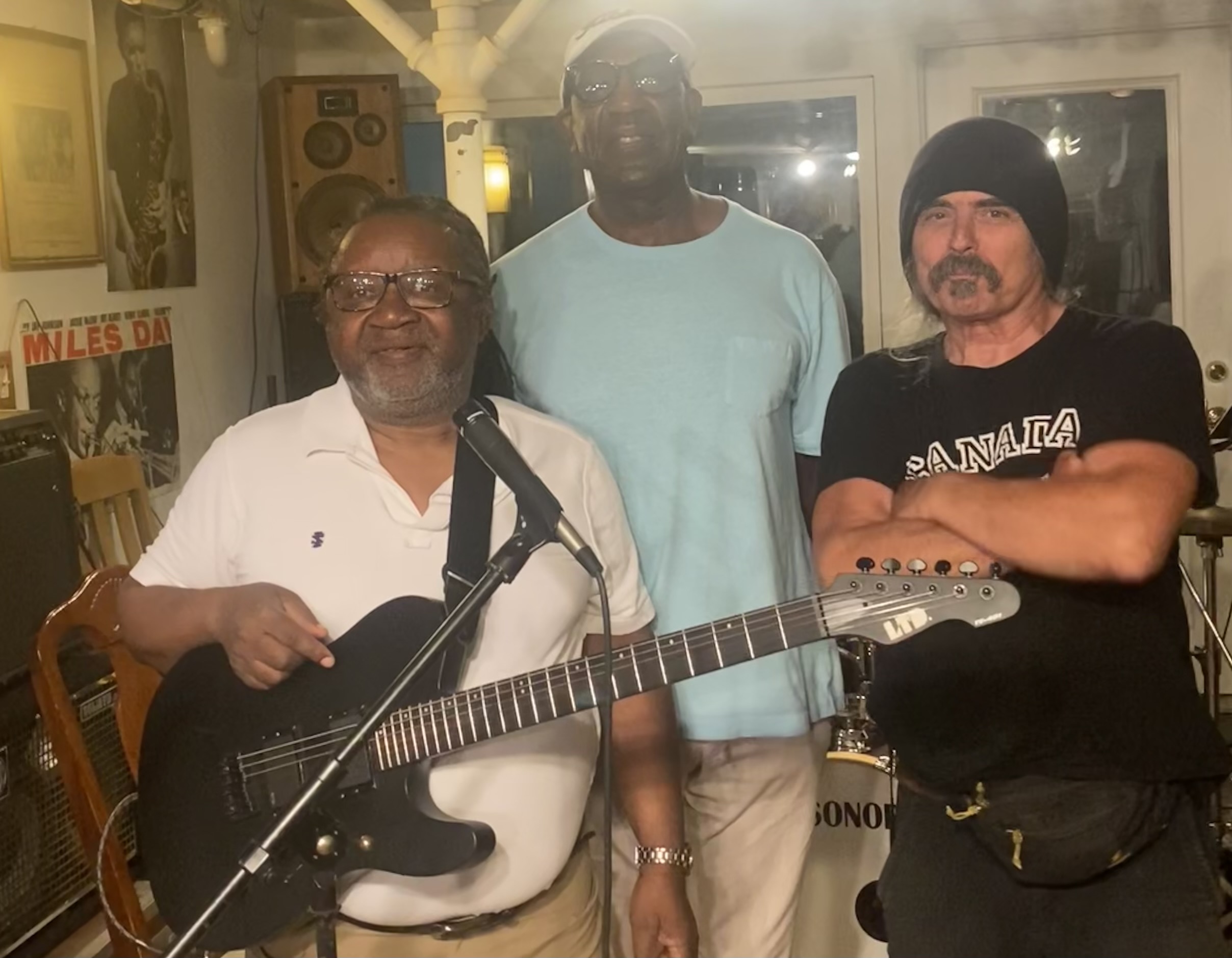
In the upper left corner, surrounded by blue arms and dotted with red nebulas, is spiral galaxy M81. In the lower right corner, marked by a light central line and surrounded by red glowing gas, is irregular galaxy M82. This stunning vista shows these two mammoth galaxies locked in gravitational combat, as they have been for the past billion years. The gravity from each galaxy dramatically affects the other during each hundred-million-year pass. Last go-round, M82‘s gravity likely raised density waves rippling around M81, resulting in the richness of M81‘s spiral arms. But M81 left M82 with violent star forming regions and colliding gas clouds so energetic the galaxy glows in X-rays. This big battle is seen from Earth through the faint glow of an Integrated Flux Nebula, a little studied complex of diffuse gas and dust clouds in our Milky Way Galaxy. In a few billion years, only one galaxy will remain.
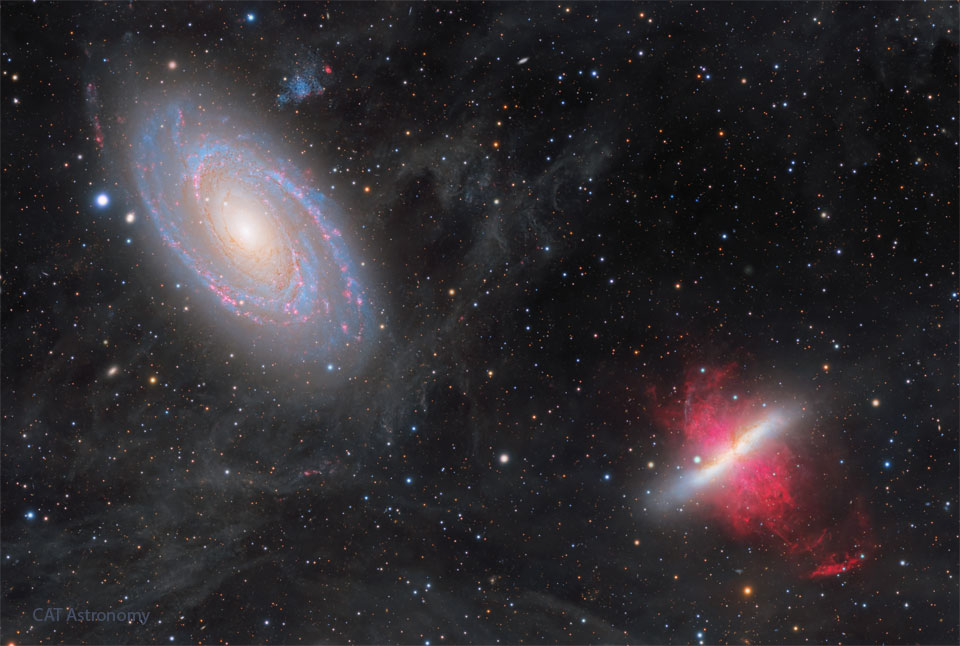
William Kreutzmann Jr. (/ˈkrɔɪtsmɑːn/ KROYTS-mahn; born May 7, 1946) is an American drummer and founding member of the rock band Grateful Dead. He played with the band for its entire thirty-year career, usually alongside fellow drummer Mickey Hart, and has continued to perform with former members of the Grateful Dead in various lineups, and with his own bands BK3, 7 Walkers and Billy & the Kids. At the end of 1964 Kreutzmann co-founded the band the Warlocks, along with Dana Morgan, Jr. (who was soon replaced by Phil Lesh), Jerry Garcia, Bob Weir, and Ron “Pigpen” McKernan. Their first gig was May 5, 1965, two days before Kreutzmann’s nineteenth birthday. During the band’s early days, Kreutzmann sometimes used a fake draft card with the name “Bill Sommers” to be admitted to bars where the band was playing, since he was underage. In November 1965, the Warlocks became the Grateful Dead.
more...
Jimmy Lee Ruffin (May 7, 1936 – November 17, 2014) was an American soul singer, and the older brother of David Ruffin, the lead singer of the Temptations. He had several hit records between the 1960s and 1980s, the most successful being the Top 10 hits “What Becomes of the Brokenhearted” and “Hold On (To My Love)“.
more...Nexhmije Pagarusha (Albanian pronunciation: [neˈd͡ʒmijɛ pagaˈɾuʃa]; 7 May 1933 – 7 February 2020) was a Kosovo-Albanian singer and actress, often referred to as the Queen of Albanian music. Pagarusha gained acclaim as a recording artist in Kosova and neighbouring countries for her distinct soprano vocal range, which she displayed performing various Kosovan folk songs during her career, which spanned 36 years, from 1948, in her debut in Radio Prishtina, to 1984, in her final concert in Sarajevo. Her music style was not limited just to Albanian music, as she performed rock, pop, funk, opera/classical, and many more.
more...Pyotr Ilyich Tchaikovsky 7 May 1840 – 6 November 1893) was a Russian composer during the Romantic period. He was the first Russian composer whose music made a lasting impression internationally. Tchaikovsky wrote some of the most popular concert and theatrical music in the classical repertoire, including the ballets Swan Lake and The Nutcracker, the 1812 Overture, his First Piano Concerto, Violin Concerto, the Romeo and Juliet Overture-Fantasy, several symphonies, and the opera Eugene Onegin.
Although musically precocious, Tchaikovsky was educated for a career as a civil servant as there was little opportunity for a musical career in Russia at the time and no public music education system. When an opportunity for such an education arose, he entered the nascent Saint Petersburg Conservatory, from which he graduated in 1865. The formal Western-oriented teaching Tchaikovsky received there set him apart from composers of the contemporary nationalist movement embodied by the Russian composers of The Five, with whom his professional relationship was mixed.
Tchaikovsky’s training set him on a path to reconcile what he had learned with the native musical practices to which he had been exposed from childhood. From that reconciliation, he forged a personal but unmistakably Russian style. The principles that governed melody, harmony, and other fundamentals of Russian music diverged from those that governed Western European music, which seemed to defeat the potential for using Russian music in large-scale Western composition or for forming a composite style, and it caused personal antipathies that dented Tchaikovsky’s self-confidence. Russian culture exhibited a split personality, with its native and adopted elements having drifted apart increasingly since the time of Peter the Great. That resulted in uncertainty among the intelligentsia about the country’s national identity, an ambiguity mirrored in Tchaikovsky’s career.
Despite his many popular successes, Tchaikovsky’s life was punctuated by personal crises and depression. Contributory factors included his early separation from his mother for boarding school followed by her early death, the death of his close friend and colleague Nikolai Rubinstein, his failed marriage to Antonina Miliukova, and the collapse of his 13-year association with the wealthy patroness Nadezhda von Meck. Tchaikovsky’s homosexuality, which he kept private,[4] has traditionally also been considered a major factor, though some scholars have downplayed its importance.[5][6] His dedication of his Sixth symphony to his nephew Vladimir Davydov and the feelings he expressed about Davydov in letters to others have been cited as evidence for romantic love between the two.[7][8][9] Tchaikovsky’s sudden death at the age of 53 is generally ascribed to cholera, but there is an ongoing debate as to whether cholera was indeed the cause and whether the death was intentional.
While his music has remained popular among audiences, critical opinions were initially mixed. Some Russians did not feel it sufficiently represented native musical values and expressed suspicion that Europeans accepted the music for its Western elements. In an apparent reinforcement of that claim, some Europeans lauded Tchaikovsky for offering music more substantive than exoticism, and said he transcended the stereotypes of Russian classical music. Others dismissed Tchaikovsky’s music as deficient because it did not stringently follow Western principles.
more...Johannes Brahms (7 May 1833 – 3 April 1897) was a German composer, virtuoso pianist, and conductor of the mid-Romantic period. His music is noted for its rhythmic vitality and freer treatment of dissonance, often set within studied yet expressive contrapuntal textures. He adapted the traditional structures and techniques of a wide historical range of earlier composers. His œuvreincludes four symphonies, four concertos, a Requiem, much chamber music, and hundreds of folk-song arrangements and Lieder, among other works for symphony orchestra, piano, organ, and choir.
Born to a musical family in Hamburg, Brahms began composing and concertizing locally in his youth. He toured Central Europe as a pianist in his adulthood, premiering many of his own works and meeting Franz Liszt in Weimar. Brahms worked with Ede Reményiand Joseph Joachim, seeking Robert Schumann‘s approval through the latter. He gained both Robert and Clara Schumann‘s strong support and guidance. Brahms stayed with Clara in Düsseldorf, becoming devoted to her amid Robert’s insanity and institutionalization. The two remained close, lifelong friends after Robert’s death. Brahms never married, perhaps in an effort to focus on his work as a musician and scholar. He was a self-conscious, sometimes severely self-critical composer.
Though innovative, his music was considered relatively conservative within the polarized context of the War of the Romantics, an affair in which Brahms regretted his public involvement. His compositions were largely successful, attracting a growing circle of supporters, friends, and musicians. Eduard Hanslick celebrated them polemically as absolute music, and Hans von Bülow even cast Brahms as the successor of Johann Sebastian Bach and Ludwig van Beethoven, an idea Richard Wagner mocked. Settling in Vienna, Brahms conducted the Singakademie and Gesellschaft der Musikfreunde, programming the early and often “serious” music of his personal studies. He considered retiring from composition late in life but continued to write chamber music, especially for Richard Mühlfeld.
Brahms saw his music become internationally important in his own lifetime. His contributions and craftsmanship were admired by his contemporaries like Antonín Dvořák, whose music he enthusiastically supported, and a variety of later composers. Max Reger and Alexander Zemlinsky reconciled Brahms’s and Wagner’s often contrasted styles. So did Arnold Schoenberg, who emphasized Brahms’s “progressive” side. He and Anton Webern were inspired by the intricate structural coherence of Brahms’s music, including what Schoenberg termed its developing variation. It remains a staple of the concert repertoire, continuing to influence composers into the 21st century.
more...mick performing for Mayday Ceremony 2025 at Powderhorn Park.
Este conguero interpretando el Martillo para Hugo Blancos Moliendo Café. Olé.
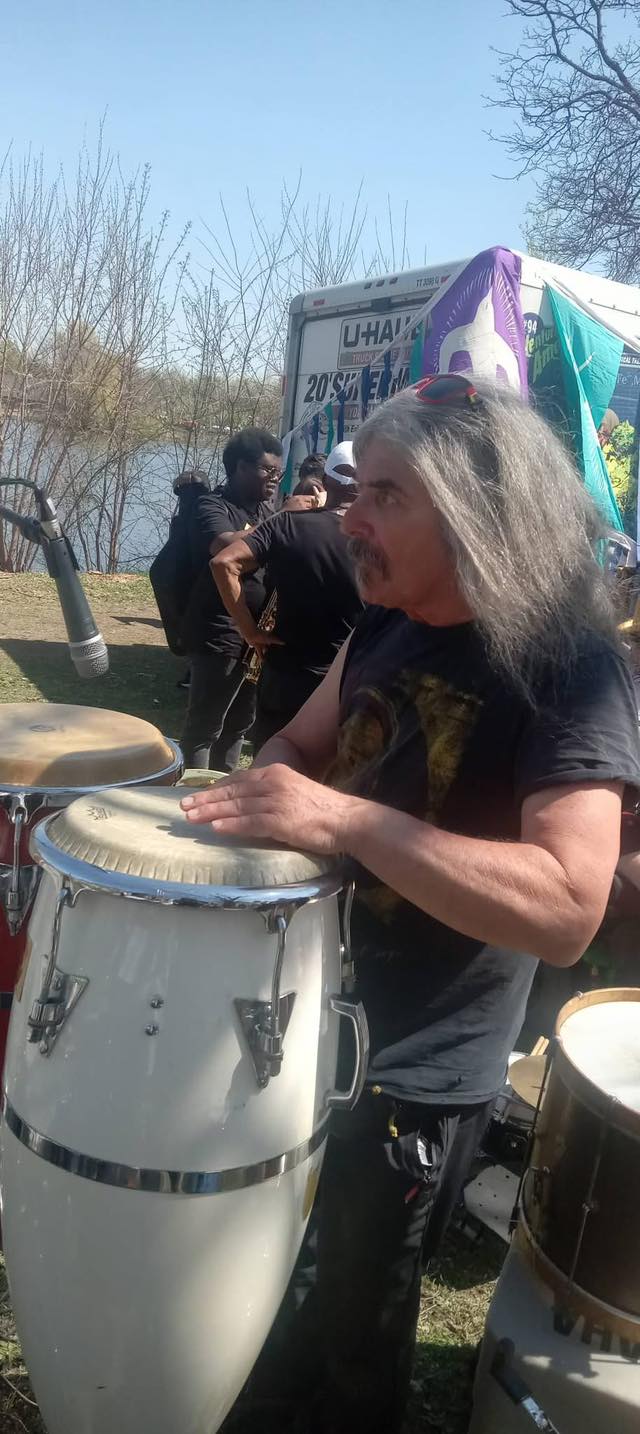
More Posts
- The Cosmos with SDSS J0333+0651
- Angelique Kidjo Day
- Henry “Rubberlegs” Williams Day
- World Music with Noe hernandez cantarell
- Daily Roots with Barry Brown
- The Cosmos with NGC 3627
- Albert Ayler Day
- Pete Escovedo Day
- World Music with Paco de Lucia
- Daily Roots with Michael Rose
- The Cosmos with RCW38
- Big John Patton Day
- Paul Gonsalves Day
- World Music with Martá Sebestyén
- Daily Roots with Prince Buster
- The Cosmos with R Aquarii
- Tomasz Stanko Day
- Clyde Bernhardt Day
- World Music with Diali Cissokho & Kaira Ba
- Daily Roots with Linval Thompson
